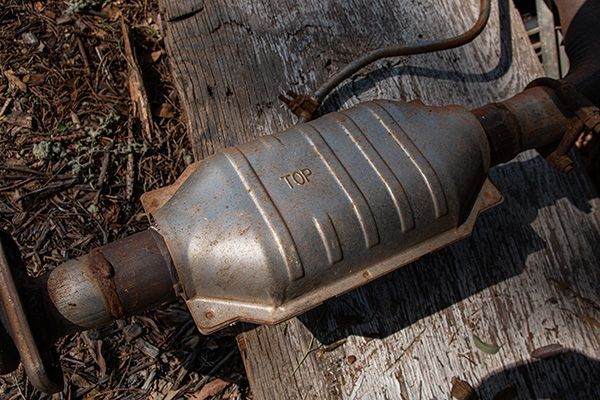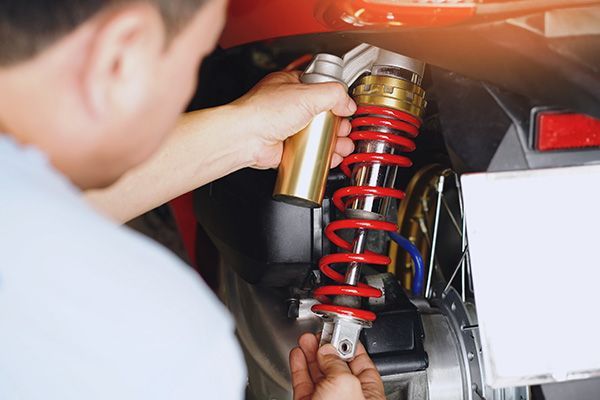
Owning a vehicle comes with its own set of responsibilities, and one of the most crucial is staying on top of your car’s maintenance schedule. If you’ve recently hit a milestone like 30, 60, 90, or 120 thousand miles, you might be wondering what specific maintenance tasks you should tackle. We’ll break it down so you can keep your car running for years to come.
Maintenance at 30,000 Miles
When you hit that 30,000-mile mark, it’s time to roll up your sleeves for some essential tasks. This is often referred to as your car’s first major service. Here’s what you should focus on:
- Oil Change: Regular oil changes are vital for engine health. It keeps your engine lubricated and running efficiently. If you’ve been sticking to the recommended intervals, now’s the time to change the oil and oil filter.
- Air Filter Replacement: A clean air filter ensures that your engine gets the proper airflow it needs. Replacing it at 30,000 miles can improve fuel efficiency and engine performance.
- Tire Rotation: Rotating your tires helps them wear evenly, extending their lifespan. Make sure to check the tire pressure while you’re at it!
These simple tasks can help keep your car in tip-top shape as you continue on your journey.
Maintenance at 60,000 Miles
Reaching 60,000 miles is another milestone that requires special attention. This is often the time when more significant components need servicing. Here’s what to keep in mind:
- Transmission Fluid Change: Your transmission fluid is crucial for smooth shifting and overall vehicle performance. Consider flushing and replacing it to avoid any transmission issues down the road.
- Brake Inspection: At this stage, have your brake pads, rotors, and fluid levels inspected. Brakes are your primary safety mechanism , and it’s essential to ensure they’re in optimal condition.
- Coolant Flush: Your engine runs at high temperatures, and the coolant helps regulate that heat. A coolant flush at 60,000 miles can prevent overheating and damage to the engine.
If you take the time to address these components, you’ll be setting your car up for success for years to come.
Maintenance at 90,000 Miles
Hitting the 90,000-mile mark is a great time to take a closer look at your vehicle’s major systems. This interval often signifies the need for some in-depth services:
- Timing Belt Replacement: If your vehicle has a timing belt, it’s typically recommended to replace it around 90,000 miles. A failed timing belt can lead to catastrophic engine damage, so don’t overlook this!
- Fuel System Cleaning: Over time, fuel injectors can get clogged, impacting performance. A professional fuel system cleaning can help restore your engine’s efficiency and power.
- Battery Check: A failing battery can leave you stranded, so it’s wise to check its health around this mileage. If your battery is more than three years old, consider having it tested.
Taking these steps can help prevent unexpected breakdowns and keep your vehicle performing at its best.
Maintenance at 120,000 Miles
Finally, we arrive at the 120,000-mile marker—a significant point in your vehicle’s life. At this stage, many parts may be nearing the end of their lifespans, making thorough maintenance essential:
- Comprehensive Inspection: Have our technicians perform a complete inspection of your vehicle. This should include checks on belts, hoses, and suspension components.
- Brake System Service: Brake pads and rotors should be inspected and possibly replaced if they show significant wear. It’s also a good time to replace the brake fluid if it hasn’t been done in a while.
- Spark Plug Replacement: Worn spark plugs can lead to misfires and reduced fuel efficiency. Check your owner’s manual for recommended intervals, but replacing them around this time is usually a good practice.
By staying proactive at this stage, you can help ensure that your car remains reliable for many more miles.
Don’t let maintenance tasks pile up! Schedule your appointment with Morin Brothers Automotive today and ensure your vehicle is in top condition for the road ahead. Your car will thank you!










